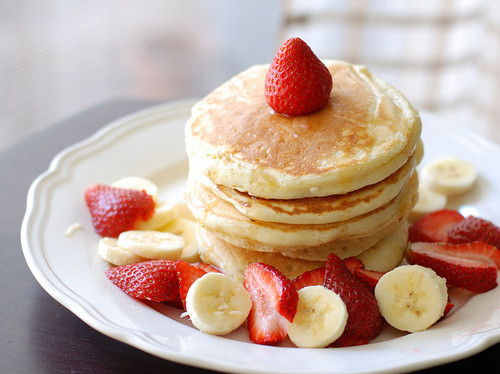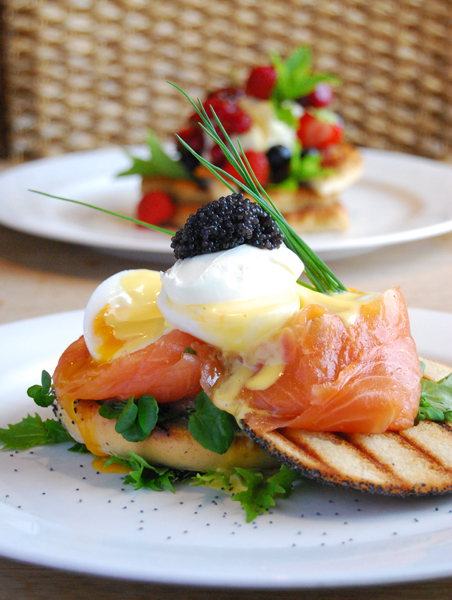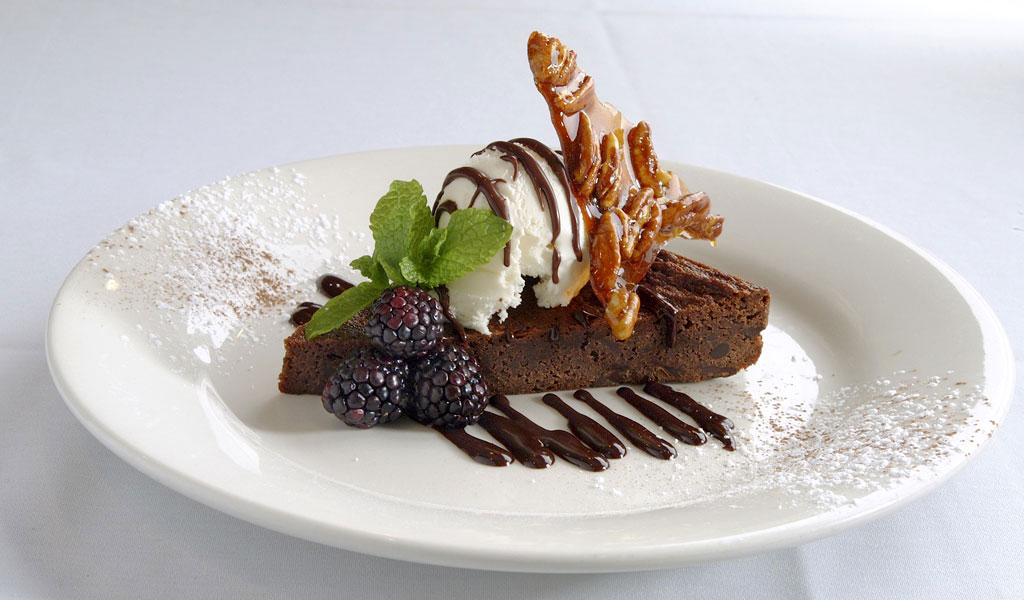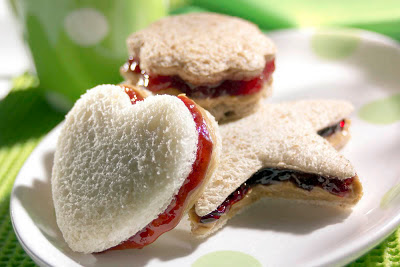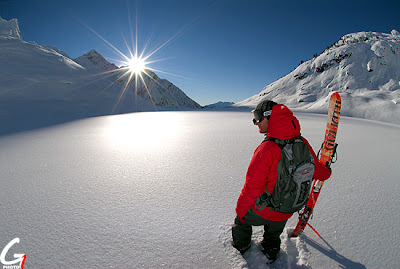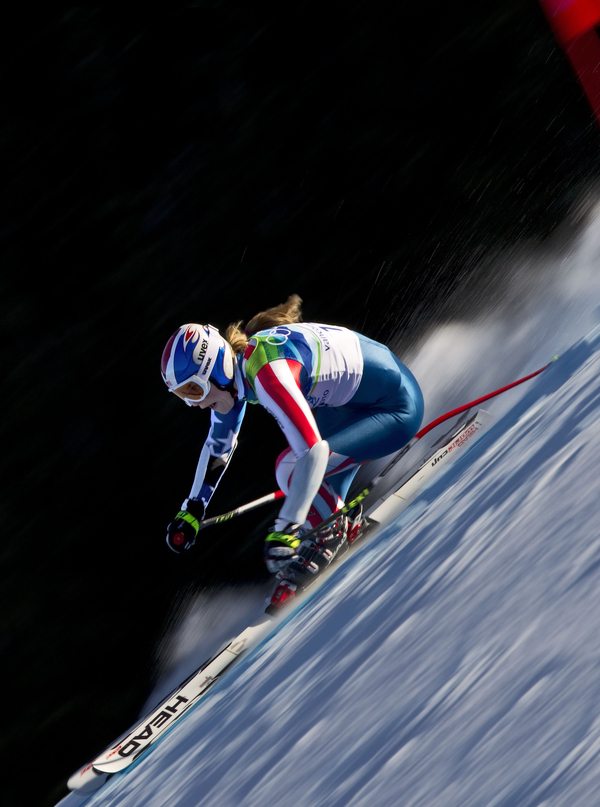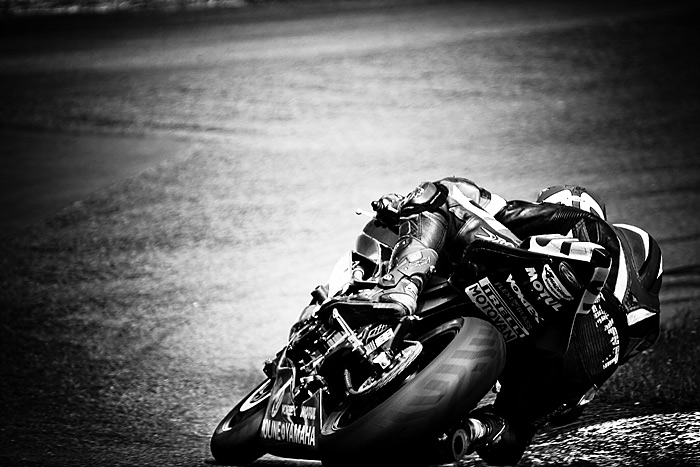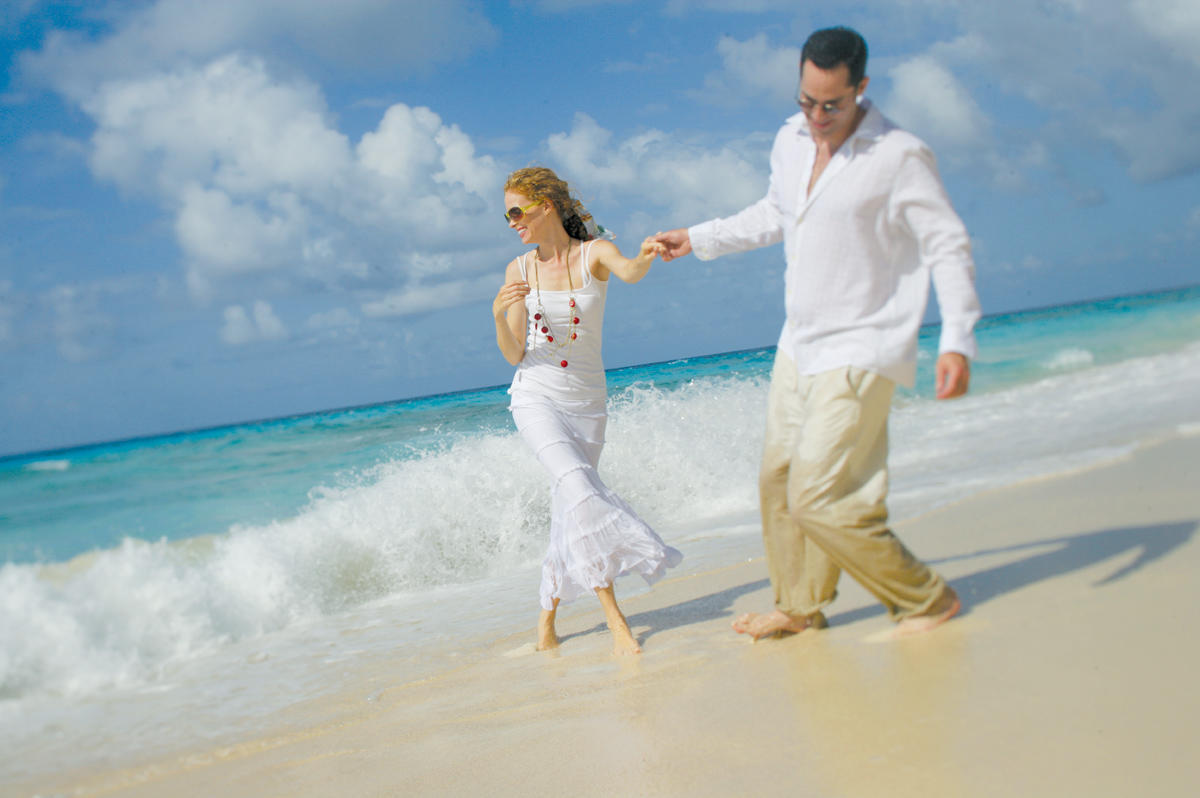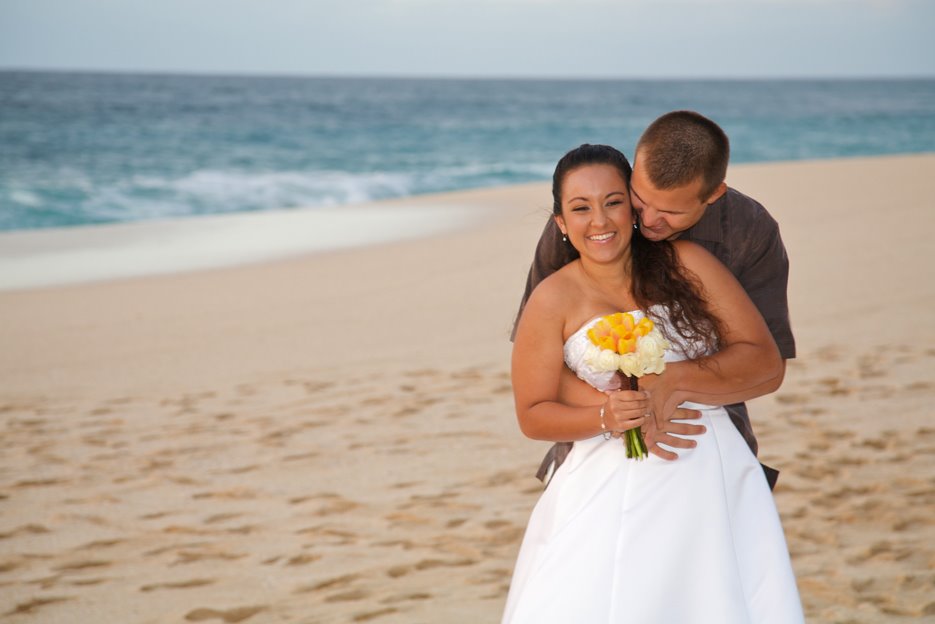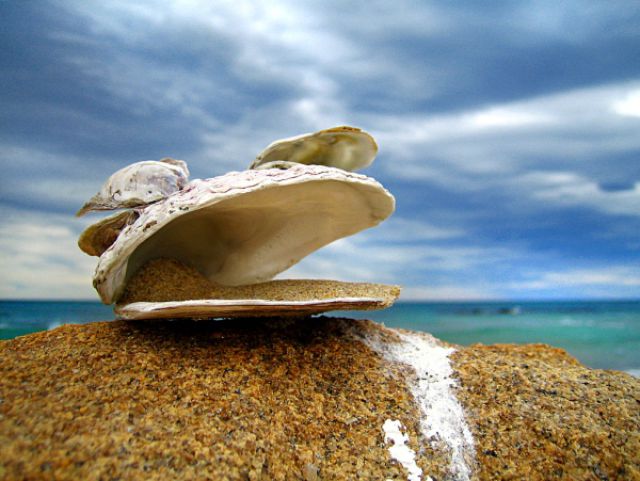Photography started as early as the 4th century B.C., when the very first image was formed on a wall, using a pinhole camera in a dark room. It wasn't until 1820, that modern photography was born. In 1839, the word photography, derived from Greek words 'fos' for 'light' and 'grafo' for 'writing', was finally universalized by John Herschel.
Today we have reached a stage, where modern photography is present everywhere. Life would have been colorless, but for the morning newspaper, colorful and glamorous magazines, the soap operas on television or a late night movie at an auditorium. Viewing 'Still' photographs in a family photo album or watching live images on a video or television is indeed fun. From an old black and white camera, with minimal options for speed and zoom, to a modern auto focus digital or an SLR camera, which has a supreme power to manage every possible option in photography, indeed we have come a long way.



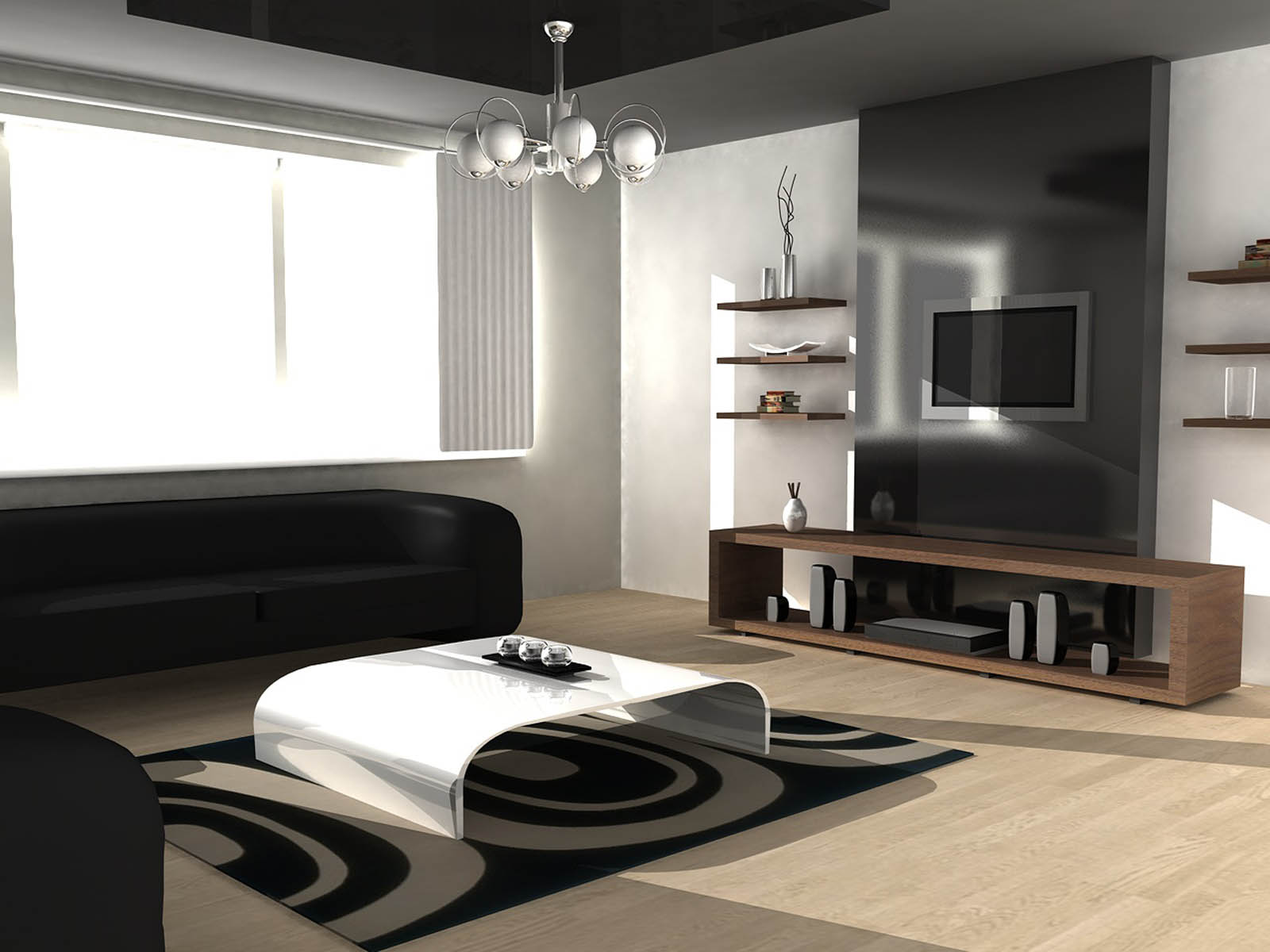








Modern photography is an art, in fact, an expensive art which is probably more than just amateur photography of a family, friends or nature, to more complex portrait, glamour photography or photojournalism by a professional. Whatever may be the level, the results can be passionate. There have been occasions when photographers have won awards and accolades, for their photography, in areas like fashion, nature, war and combat, to name a few from a long list.
The credit for modern photography goes to both, machine and the man behind the machine. The special photographic effects seen in the movies have reached a zenith. The camera tricks and the photography in modern movies can leave you in shock and disbelief. If you plan to pursue photography as a career, then following items are a must for you. A good camera, compact digital or digital SLR (single lens reflex) type, accessories like special UV filters, different zoom lenses for a more professional touch can take you a long way, if you are an enthusiast for still photography; but if you are venturing into the video photography zone, then modern handy cams can be pretty handy.
Selection of a camera and accessories would also depend upon the place of photography you are planning, indoor or outdoors? In both situations, you will need a good camera, but if you love to shoot outdoors, then you cannot do without a handheld or body supported balance system and the tripods to avoid a blurred picture. The camera cranes, dollies and remote heads would further augment your efforts for photography, especially outdoors. Some of the most awesome pictures have been captured outdoors, on land, under the sea and in the sky.



